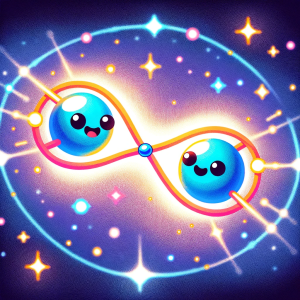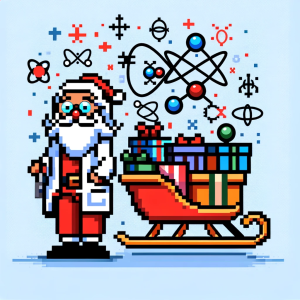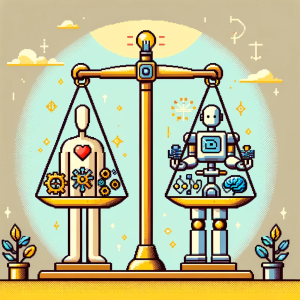
Schrödinger’s Paradox: A Thought Experiment That Changed How We View Reality
In the world of quantum mechanics, few thought experiments have captured the imagination as vividly as Schrödinger’s paradox. This paradox, devised by physicist Erwin Schrödinger in 1935, is more than just a scientific puzzle – it’s a gateway into the complex and often counterintuitive world of quantum physics. But don’t worry, you don’t need a PhD to understand it! Let’s break it down in simple terms.
What is Schrödinger’s Paradox?
At its core, Schrödinger’s paradox is a thought experiment that illustrates a strange quirk in quantum mechanics: the idea that a particle can exist in multiple states simultaneously, a concept known as superposition. Schrödinger illustrated this through a hypothetical scenario involving a cat, a flask of poison, and a radioactive atom.
The Setup
Imagine a cat is placed in a sealed box with a radioactive atom, a Geiger counter, a hammer, and a flask of poison. If the atom decays, the Geiger counter triggers the hammer to smash the flask, releasing the poison and killing the cat. According to quantum mechanics, the atom is in a superposition of decayed and not decayed states until it’s observed.
The Paradox
This leads to a bizarre conclusion: until someone opens the box to observe, the cat is simultaneously alive and dead. This paradox challenges our everyday understanding of reality, suggesting that the act of observation is deeply entwined with the state of the physical world.
Implications for Everyday Life
While Schrödinger’s paradox might seem like a purely academic exercise, its implications ripple through our understanding of the universe.
The Power of Observation
One of the most profound implications of Schrödinger’s paradox is the role of the observer. In the quantum world, the act of observing can determine the state of a particle. This idea, while not impacting our daily chores, revolutionizes our understanding of reality at its most fundamental level.
The Mystery of Quantum Mechanics
Schrödinger’s paradox is a gateway to the mysterious world of quantum mechanics, a realm where particles can be in two places at once, and quantum entanglement (spooky action at a distance, as Einstein called it) defies our conventional understanding of space and time.
Quantum Mechanics in the Real World
You might wonder, “Does this affect me?” Directly, perhaps not. But the principles of quantum mechanics, highlighted by Schrödinger’s paradox, are the foundation of technologies we use every day. From smartphones and computers to MRI machines, the bizarre rules of the quantum world are behind many modern innovations.
Future Technologies
Looking forward, the principles behind Schrödinger’s paradox could pave the way for revolutionary technologies like quantum computing. Quantum computers, harnessing the power of superposition, have the potential to perform calculations at speeds unimaginable with today’s technology.
Conclusion: Embracing the Mystery
Schrödinger’s paradox isn’t just a quirky thought experiment; it’s a symbol of the mysteries of the quantum world. It challenges us to think beyond our everyday experiences and embrace a universe that’s stranger and more fascinating than we ever imagined.
By understanding this paradox, even at a basic level, we can appreciate the awe-inspiring complexity of the universe and the endless possibilities it holds. While we may not encounter superposition in our daily lives, the very fact that such a concept exists reminds us of the endless potential for discovery and innovation.
Science News to Your Inbox
Dive into the world of science with “This Week in Science.” Our newsletter, tailored for educators and avid learners, is a weekly compilation of groundbreaking research, innovative findings, and inspiring stories from the scientific community. By subscribing, you gain access to a wealth of knowledge that can reshape how you teach, learn, and appreciate science. Sign up at no cost and start your journey towards a more informed and engaged relationship with science today.



